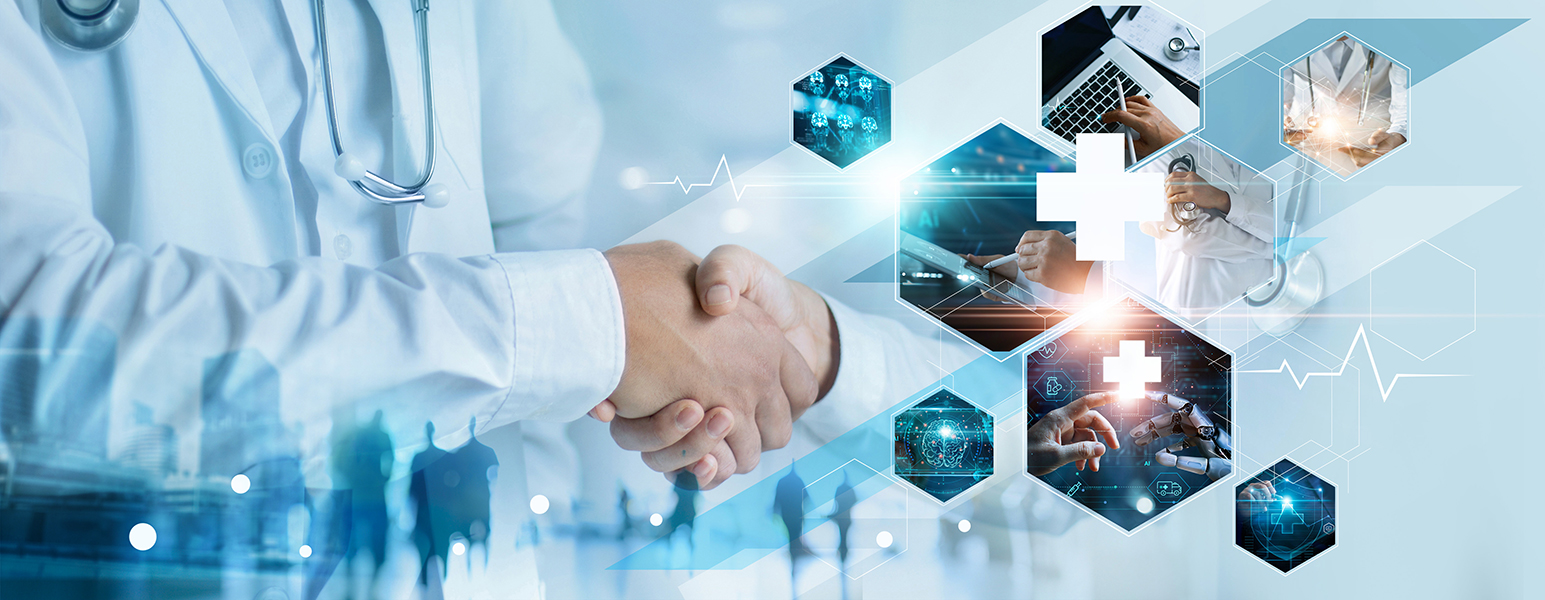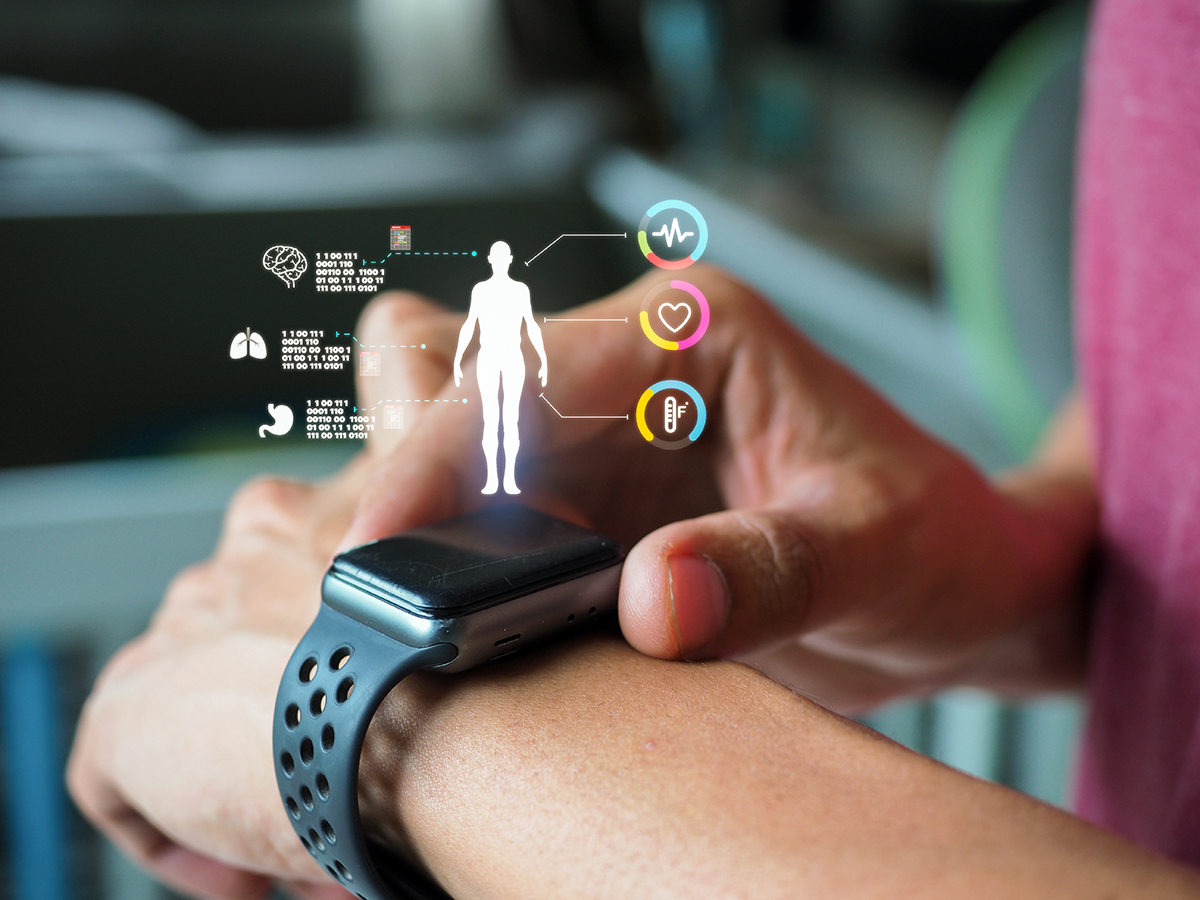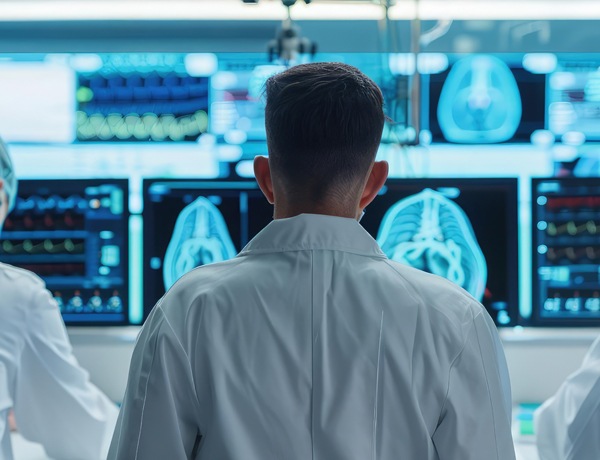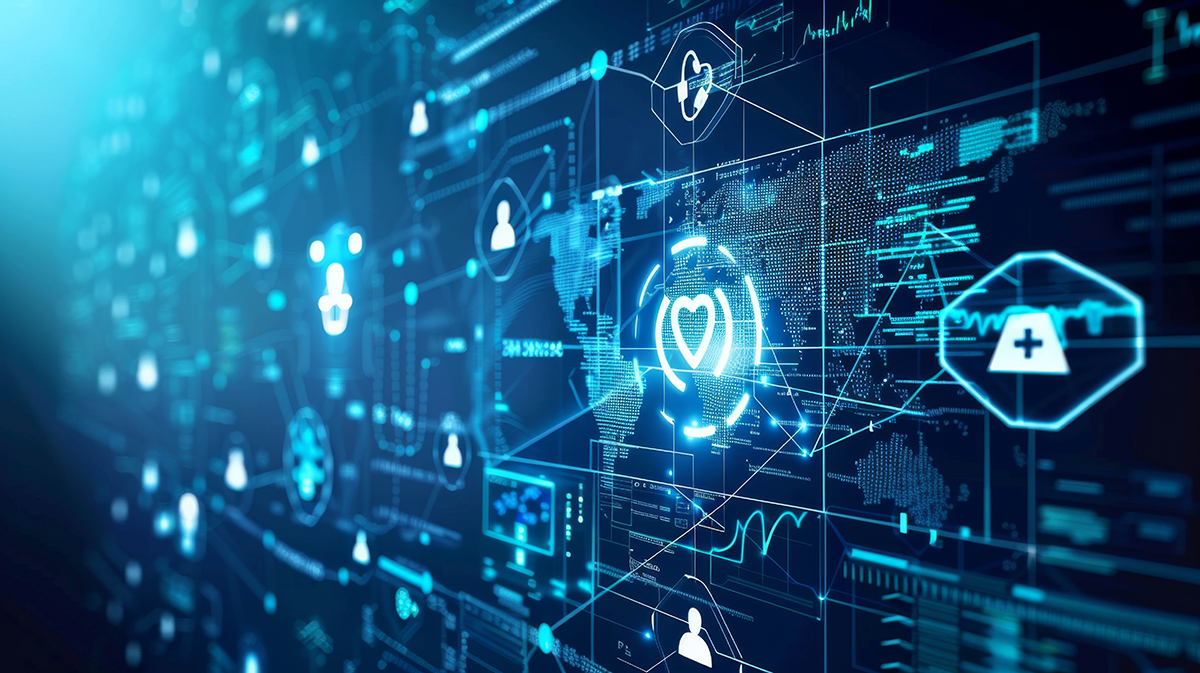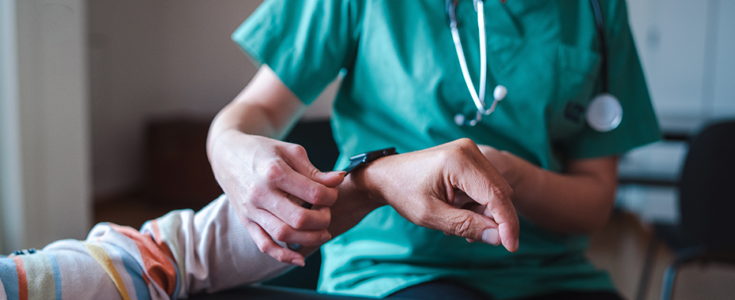
RPM and IoT: Holistic Hospital Experience

Hospital care is limited to only those individuals who can physically visit locations and pay their medical bills. But what if patients could be cared for from the comfort of their homes or wherever care is needed? The use of RPM and IoT can help overcome many challenges of traditional hospitals such as lack of availability of health practitioners, challenges in developing doctor-patient relationships, high cost of care, and more. In addition to this, the technology duo can expand healthcare provisions outside the hospitals allowing practitioners to monitor the health status of patients from their homes.
This article presents a holistic hospital model of care using RPM and IoT that brings convenience to patients and efficiency to health practitioners and staff.
Challenges of Traditional Hospitals
Traditional hospitals are hindered by outdated operating models, limiting their ability to efficiently and effectively care for patients. Some of the major challenges that affect hospitals include:
- High Patient Volumes: In 2019, U.S. hospitals saw 900.6 million outpatient visits. Then with the onset of COVID-19, hospitals were flooded with patients leaving no beds for others who suffered as a result
- High Cost of Care: The cost of care is too high for critical care patients who are admitted to hospitals. A hospital stays on average costs $11,700
- Spread of Infectious Diseases: With so many sick people in one place, germs spread rapidly at hospitals. Take Coronavirus for example. In the US alone, over 62,000 doctors were infected and 291 died from COVID-19. To avoid such misfortunes, US hospitals need to identify safer ways to treat patients
- Staff Availability: Another major challenge hospitals are facing is the staffing shortage. The scarcity of resources is even more pronounced in rural areas where finding clinical staff is difficult due to the thin margins at which they operate
- Doctor-Patient Relationships: Doctor-patient interactions are limited in hospitals as doctors must attend to many patients and thus cannot devote the time patients seek from them. This lack of communication affects the doctor-patient relationship which is critical to a patient’s recovery. Consistent communication can ease the apprehensions of patients and improve health outcomes. But with limited resources, this is difficult for the hospitals to provide
- Post-Operative Care: After a patient has gone through a surgery, operation, or other kinds of major treatment in a hospital, post-operative care is needed for smooth recovery. During this time, the patients could be at high risk of attracting infections, developing blood clots, or suffering respiratory complications. However, sufficient post-operative care is difficult to deliver for doctors considering their limited availability and the volume of patients who need care
Remote Patient Monitoring: The Emerging Solution
Remote Patient Monitoring has emerged as a new wave of solutions that can help hospitals deal with all the challenges discussed so far. Remote patient monitoring is the use of technology to enable monitoring of patients outside of conventional clinical settings, including their homes or a remote area. This has the potential to increase access to care and decrease healthcare delivery costs.
- A hospital network could reduce the postpartum visits of hypertension patients by 57% with RPM
- Veterans’ Health Administration suggests that the use of RPM was able to reduce the re-hospitalizations by 50% and shorten the average stay of those re-admitted by three days.
- Within the Mass General Brigham healthcare system during the COVID-19 pandemic, one nurse was able to monitor 50 patients of the hospital with RPM and 91% of those who were attended to were highly satisfied with the hospital services.
- In 2014, the United States (U.S.) Department of Veterans Affairs (VA) was able to conduct 1.2 million remote visits for 700,000 veterans across 44 specialties in 10 months with excellent health outcomes and high patient satisfaction achieved
- Baxter Renal care use RPM for automating sharing of dialysis data from patients to renal units and clinicians who could adjust the cycler programs based on the data remotely. With this, nurses were able to provide proactive care services 34% of their time as compared to 2% at the hospital
With the possibility of remote interaction between healthcare practitioners and their patients, their availability becomes less of a challenge. Remote interactions allow patients to connect more often with their caregivers thereby enhancing the doctor-patient relationship and giving more confidence to patients. RPM creates the next level of patient engagement by allowing healthcare practitioners to not just allow convenient interaction with patients in the real time but also help patients manage their medications and diets through remote education and communication tools.
Remote patient monitoring not only enables near-real-time connection between patients and healthcare practitioners but also the direct collection of patient data to support doctors in deciding the proper treatment. With RPM, patients can be monitored by doctors remotely, and with the use of wearable devices that can connect hospital systems with patient’s real-time health measurements, any change in the condition of patients’ post-visit can trigger alerts to doctors to take proactive actions to prevent patients from unintended consequences of medications or other situations.
Some more benefits of RPM for hospitals include:
- With advice available remotely, an infected patient might not need to visit a hospital, and this can prevent the infection from spreading and affecting other visitors and doctors
- Post-operative care is simplified with remotely connected devices that keep the healthcare providers informed of the health status of the patients
- RPM allows hospitals to grow beyond the traditional boundaries of the hospital and extend its services to patients in their personal spaces. With this, the hospitals are turning holistic as connections are developed between providers and patients that make caregiving easier, faster, convenient, complete, and efficient
Using IoT to Enhance RPM Capabilities in Hospitals
IoT role in RPM involves the use of technology to promote connectivity and data sharing. IoT makes RPM possible by providing a secure and efficient way to connect patients and clinicians. IoT is commonly used for RPM for recording vitals, to support RPM informatics, and developing personal emergency response systems. Post-surgery care for heart patients and cancer treatments are the most common applications. On top of RPM, IoT is adding more waves of innovation and empowering these healthcare units to become truly holistic hospitals.
For instance, an IoT device like an in-home ECG machine allows doctors to obtain diagnostic reports of their patients remotely which helps them provide proactive support. Adding the power of AI to this would allow the implementation of automation techniques to perform predictive analytics to identify the possibility of health deterioration in a patient. Doctors can be alerted of this information remotely, allowing the practitioner to take proactive actions to improve the health outcome for the patient.
Using IoT for hospital patient monitoring can bring many benefits such as quicker diagnosis, improved access to care for patients, better treatment, preventive care with early-stage involvement, proactive care with real-time connectivity, and enhanced access to patient data to improve efficiency of the hospital management. For providers, vitals data and surrounding metadata extracted from remote devices can help identify health patterns based on data like blood glucose levels, exercise, food intake, and insulin details, etc., enabling predictions about health risks to support proactive care. More examples of IoT devices used in RPM are discussed in this article.
RPM and IoT: Next Step Towards Holistic Hospitals
The use of RPM and IoT within hospitals brings exciting opportunities to the healthcare realm. Remote patient monitoring’s ability to provide convenient and preventative care is why the market is expected to reach $3,244.9 million by 2027. And the advances in IoT devices used in healthcare have enhanced access to health treatments as well as improved care outcomes. Together, RPM and IoT can gather patient information in real-time, enable care providers to make informed treatment decisions, and provide care to patients from wherever it’s convenient for them. As a result, both care providers and customers will experience a higher level of satisfaction. With RPM and IoT, we are one step closer to achieving holistic hospitals.
If you are looking to create an IoT-powered application for remote patient monitoring purposes, get in touch with our expert today!
